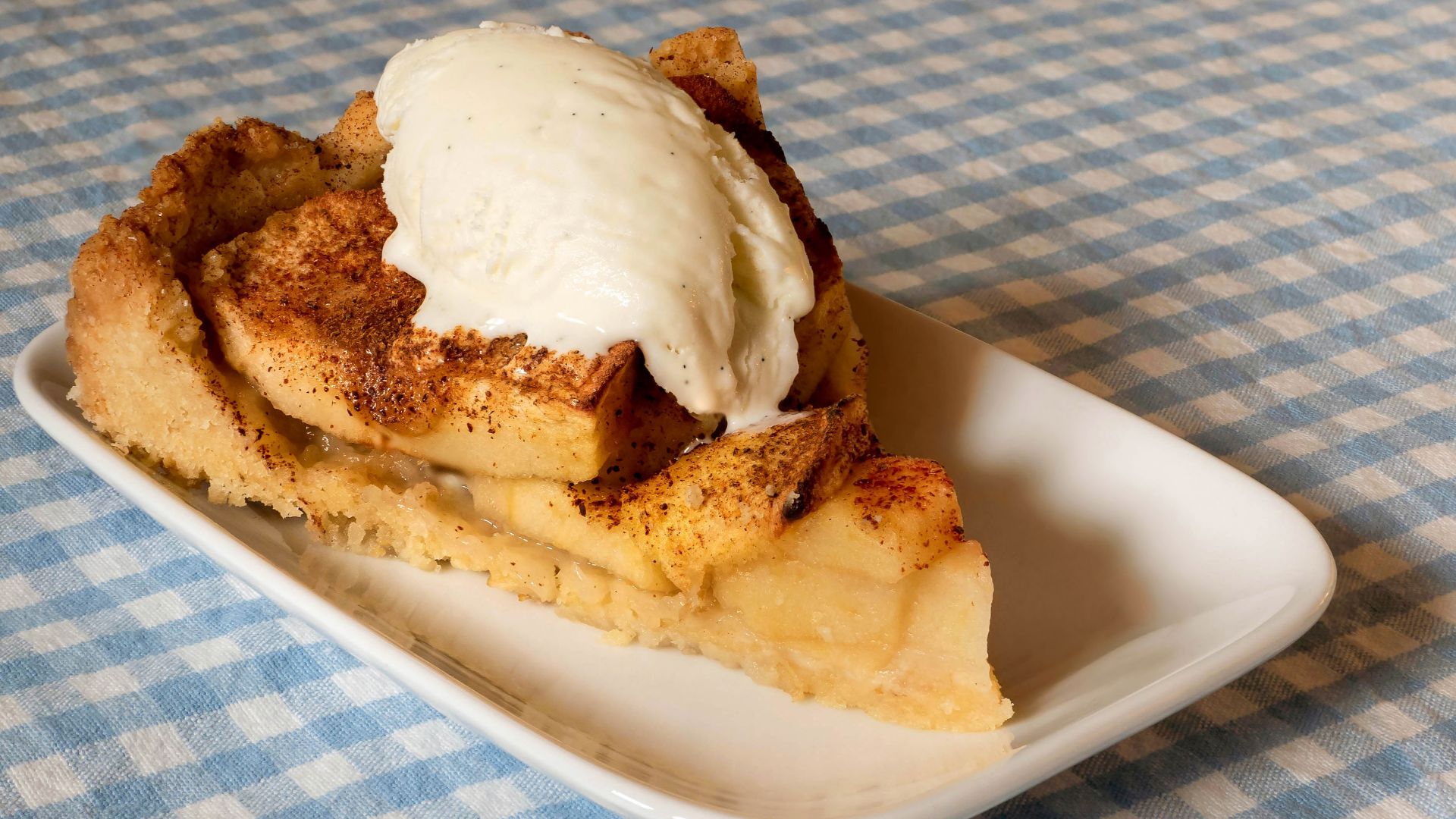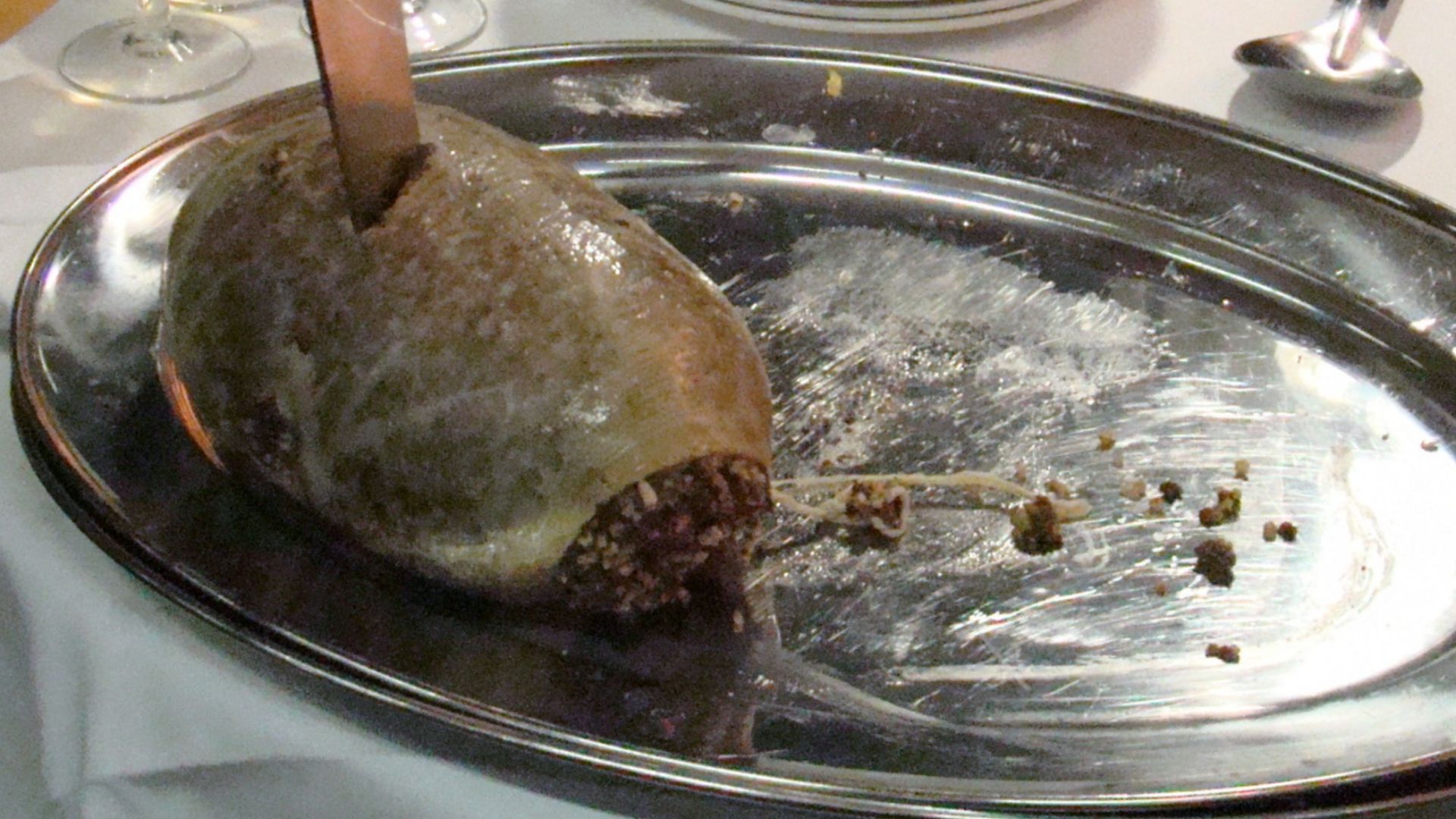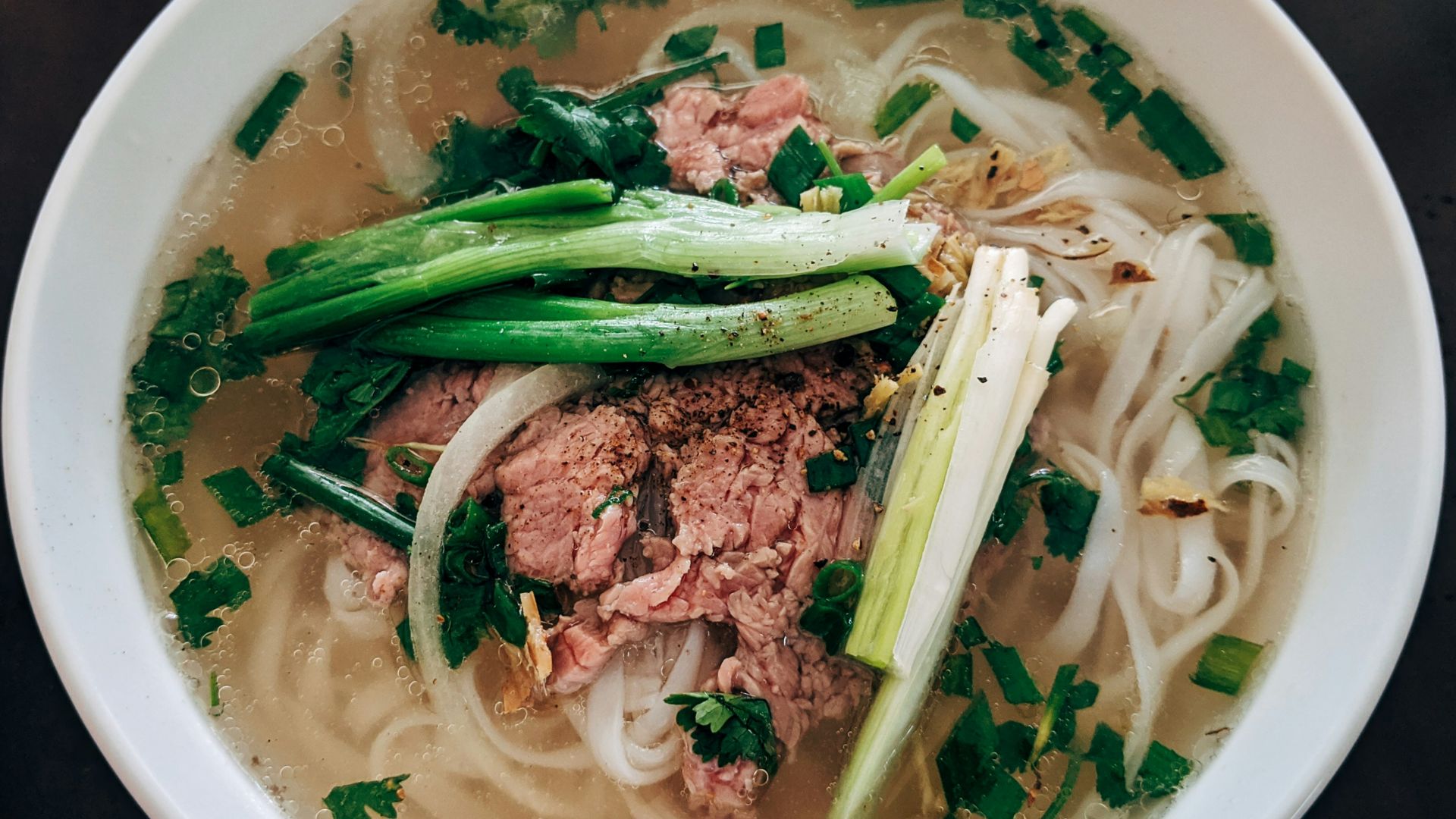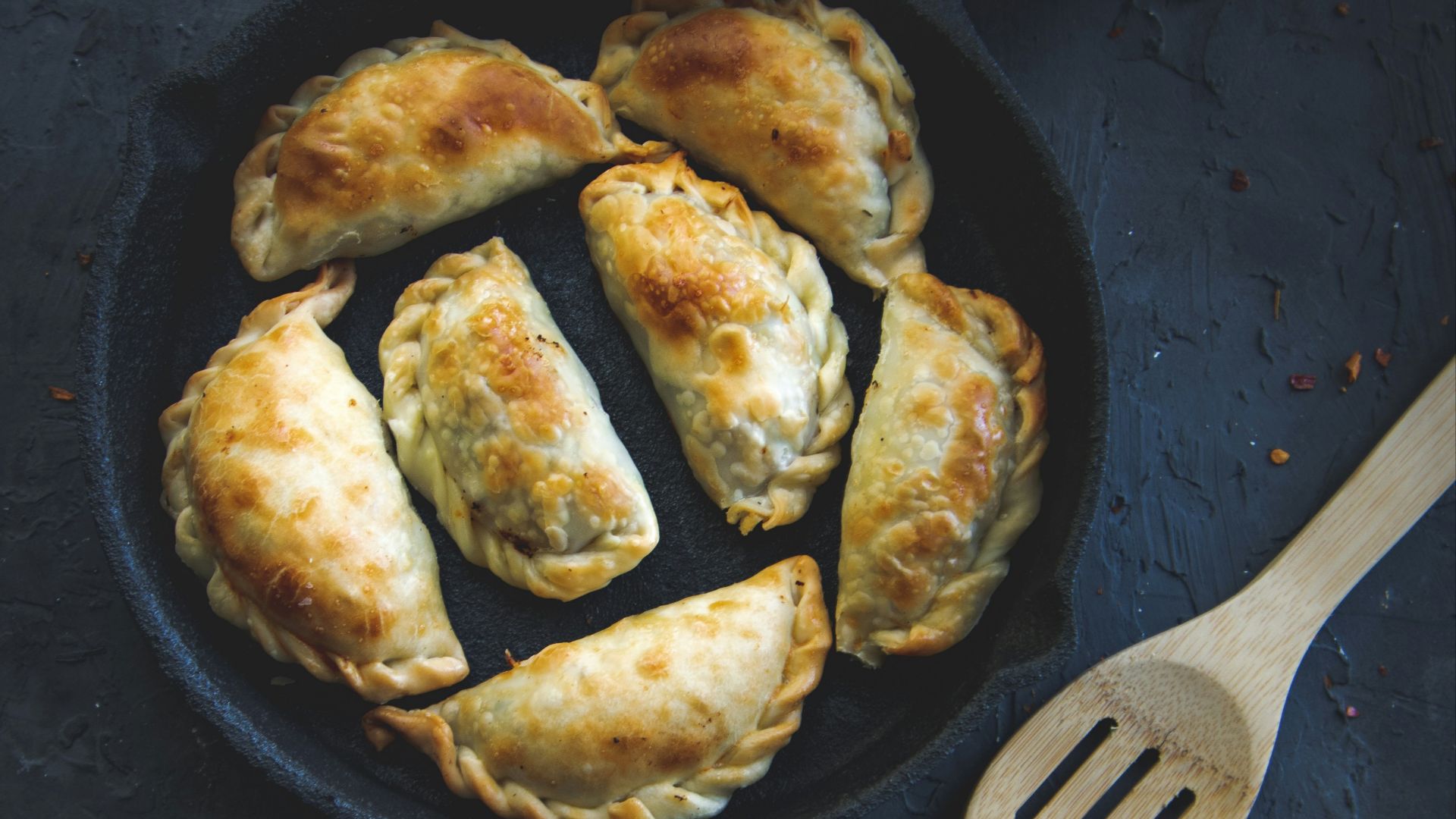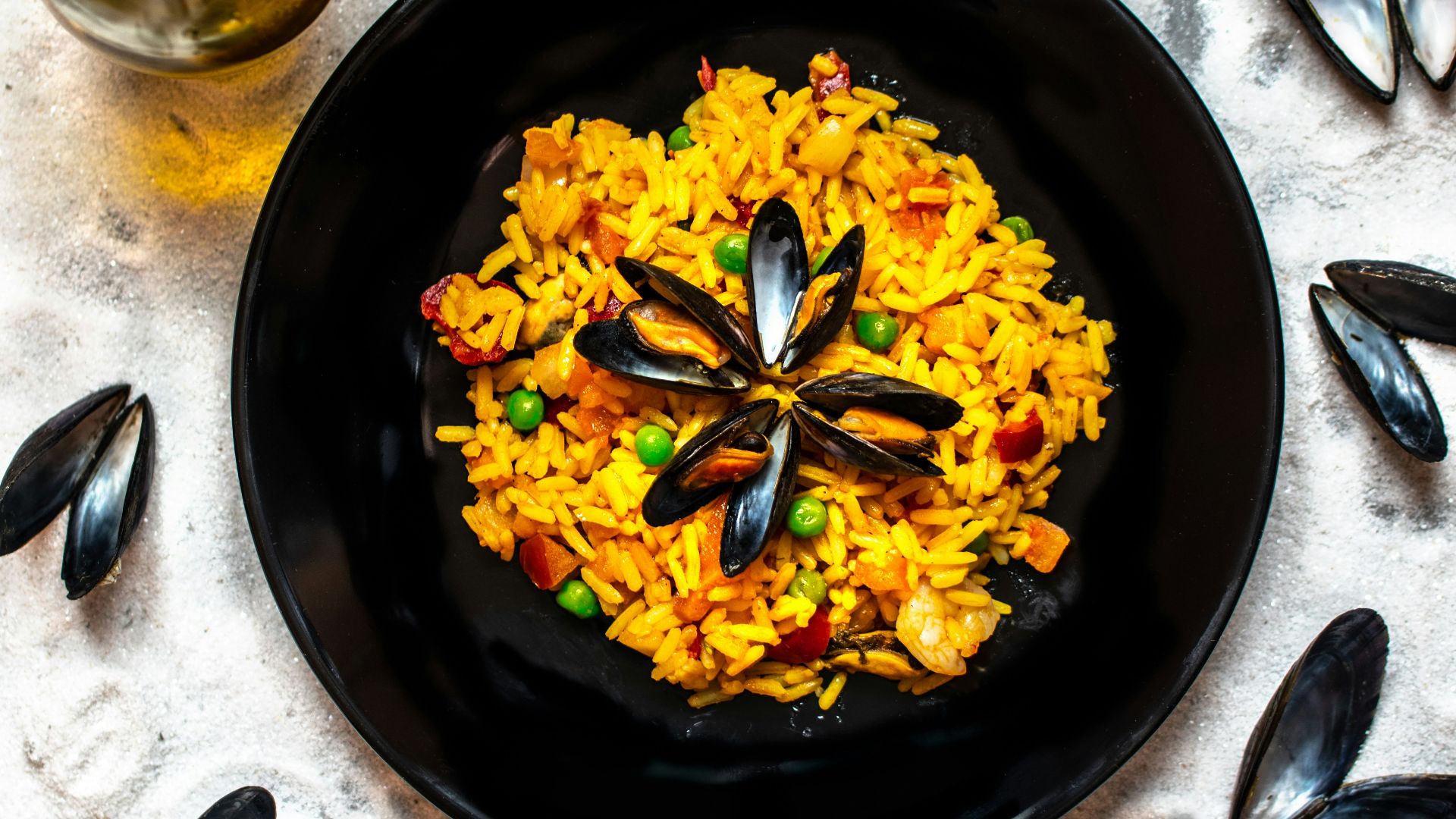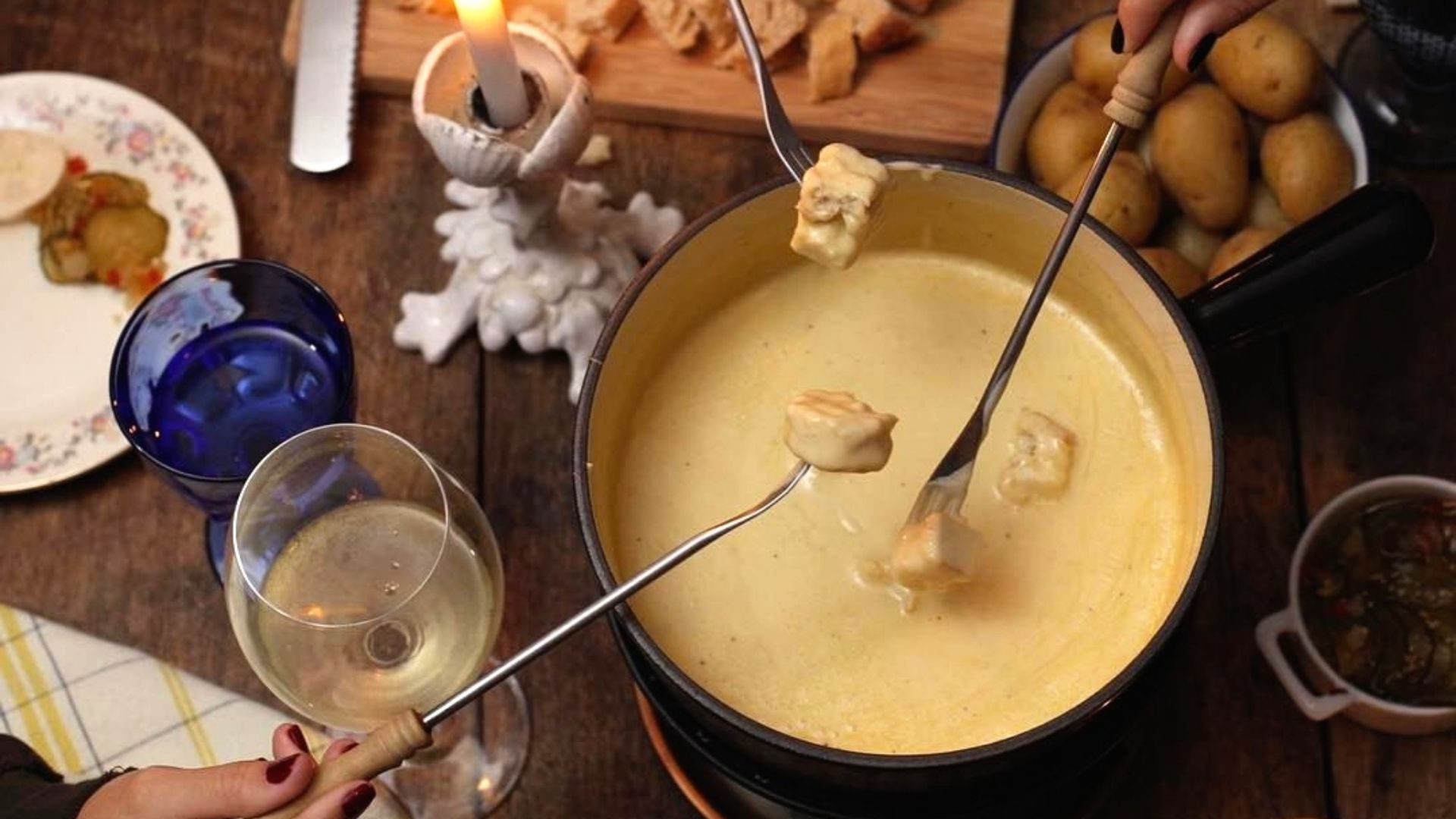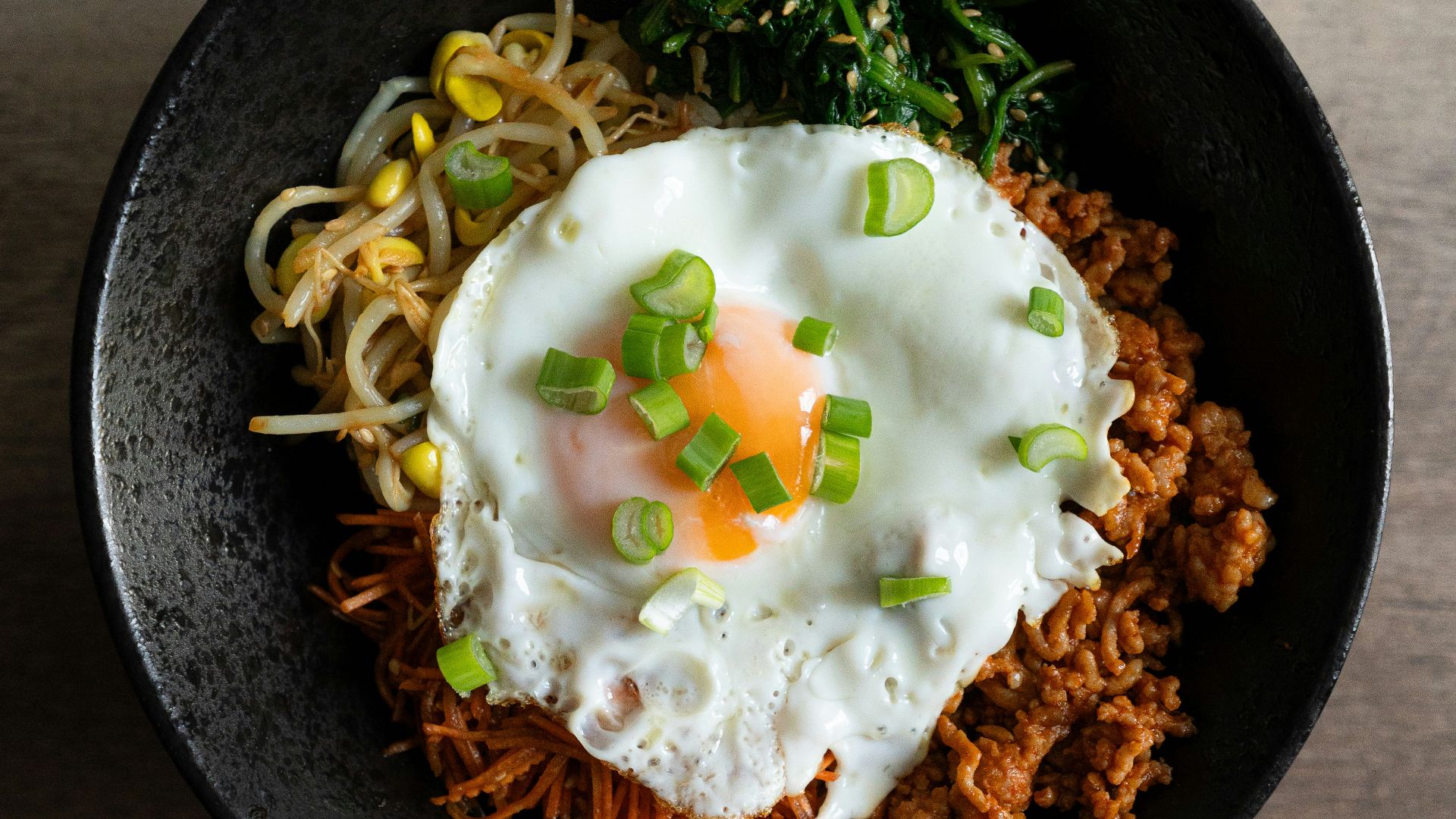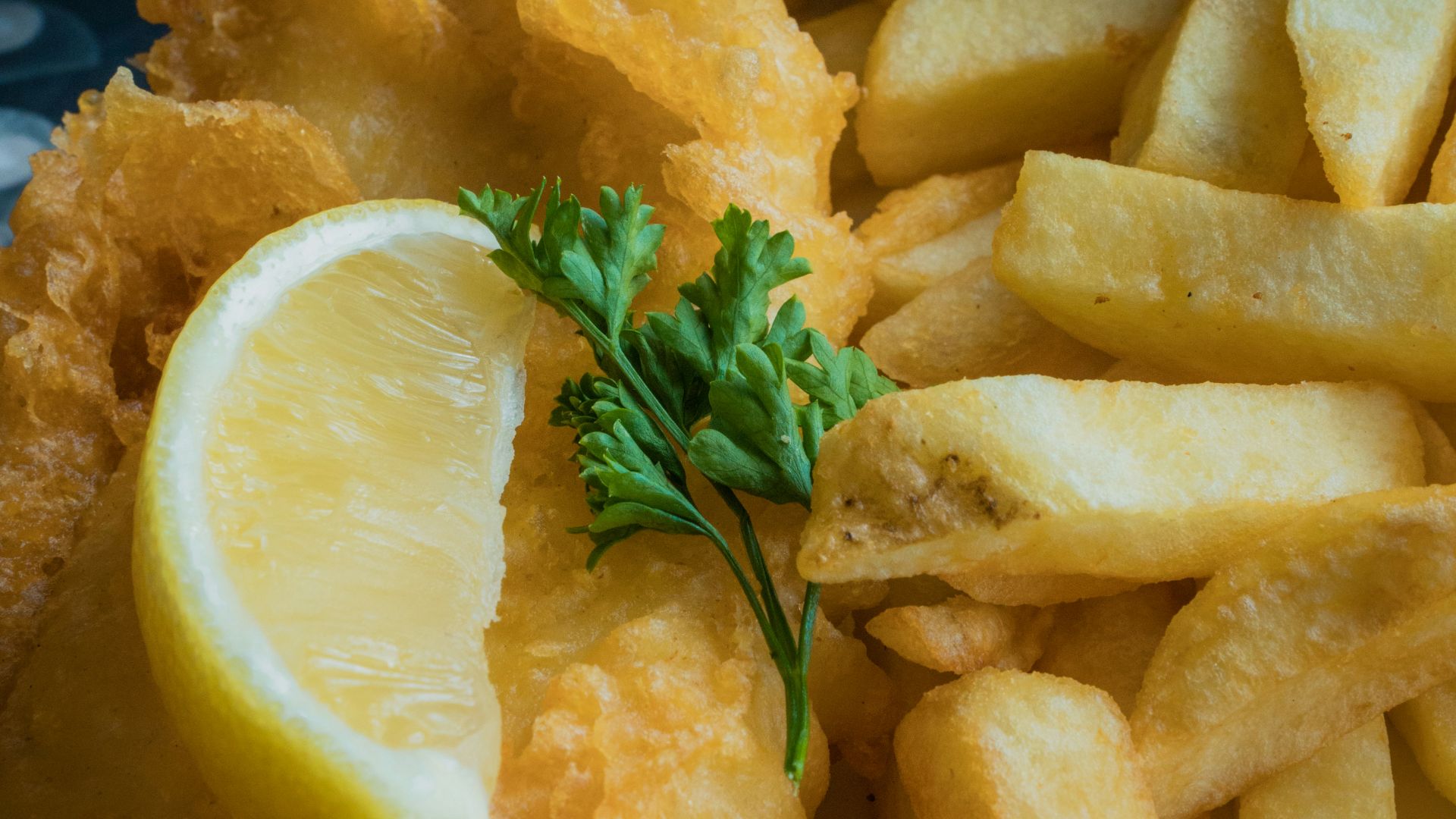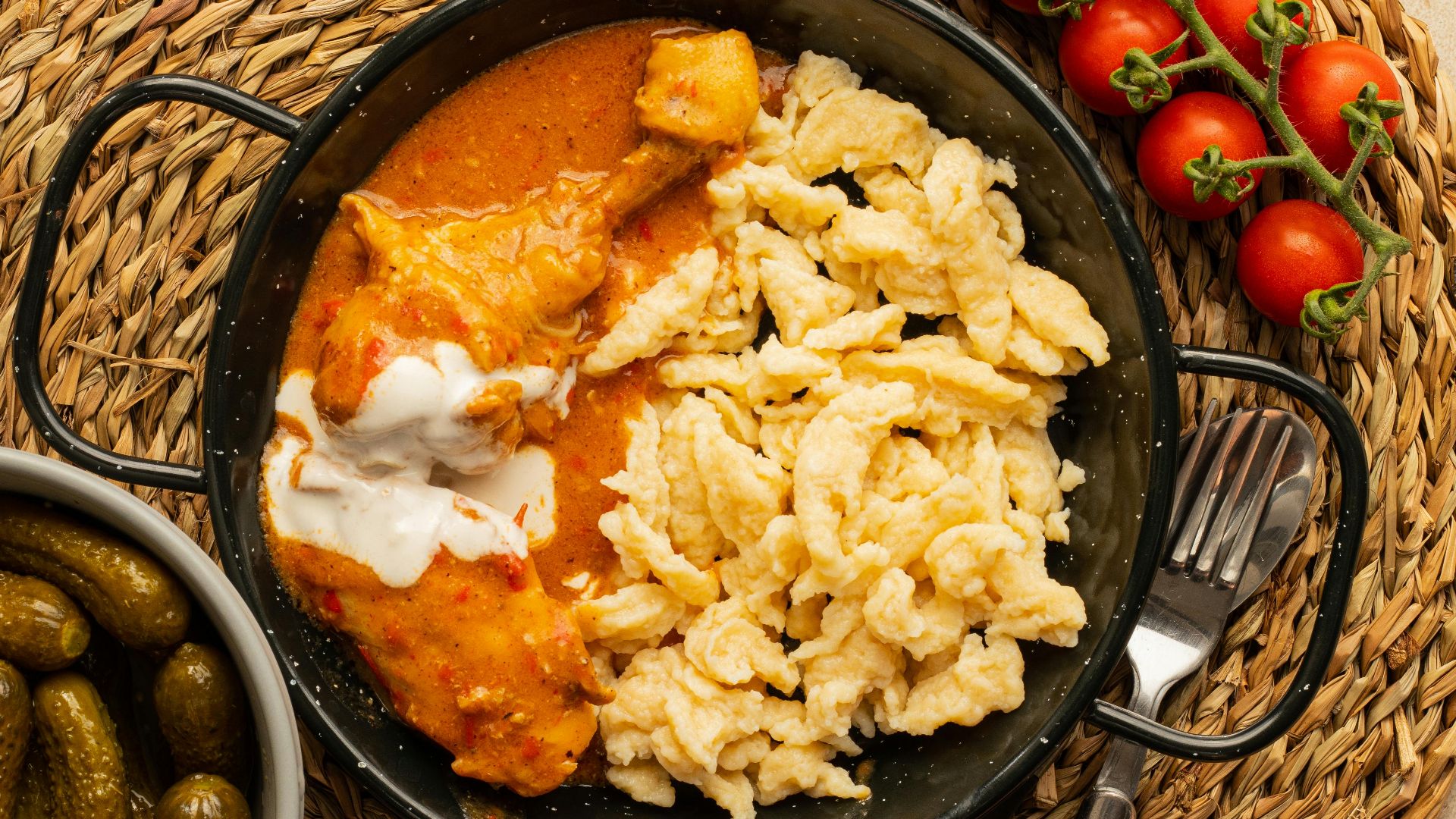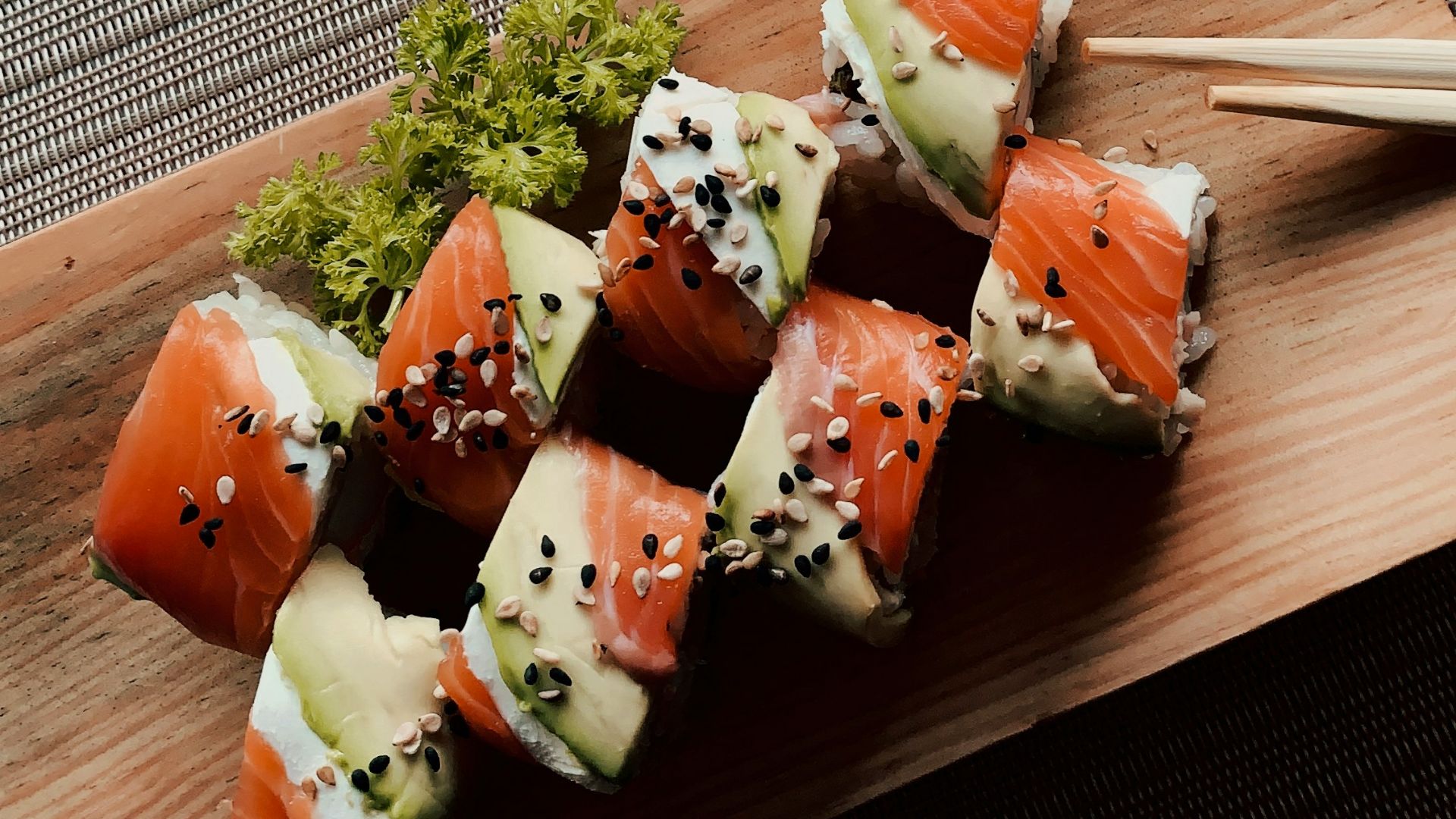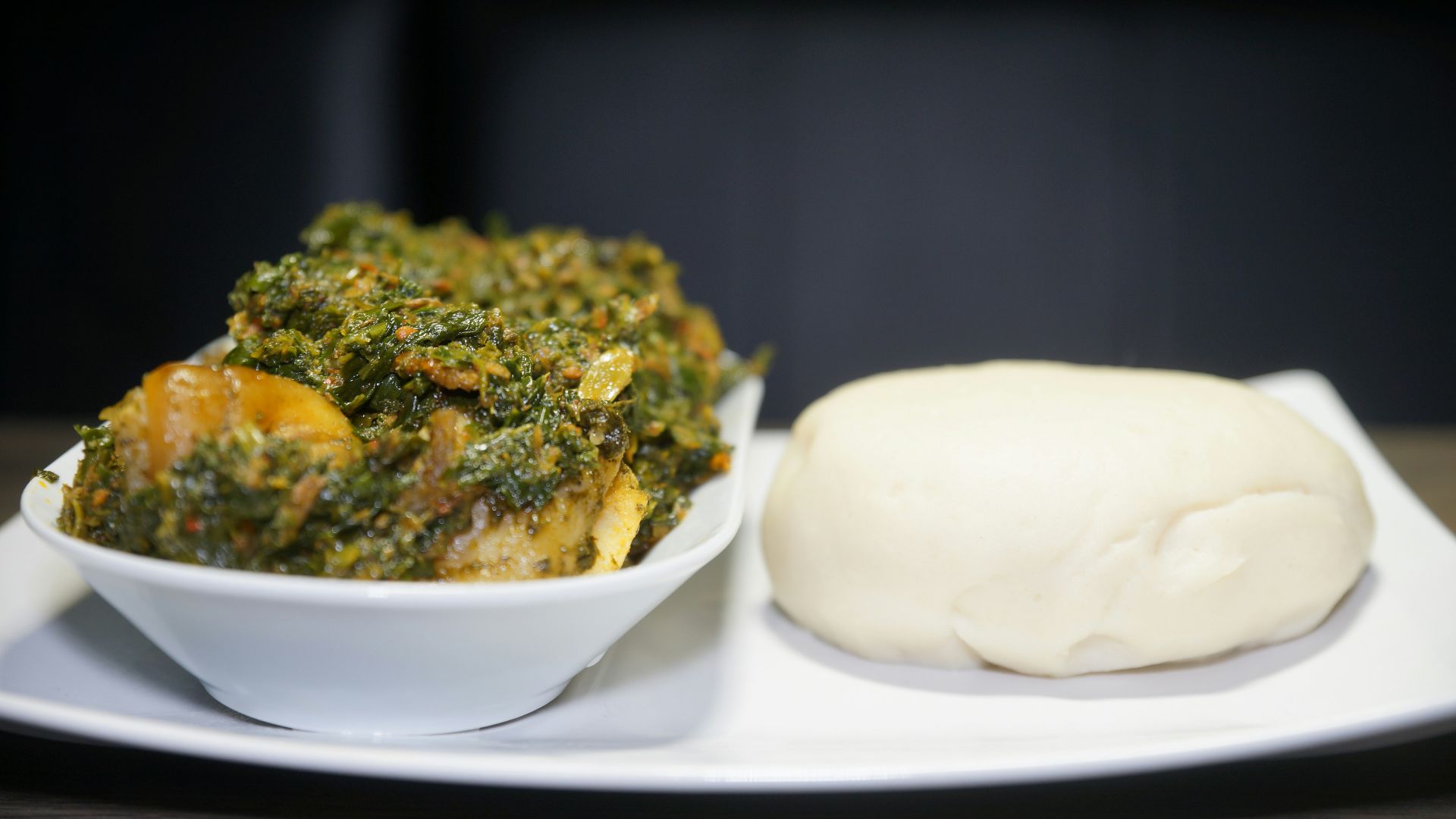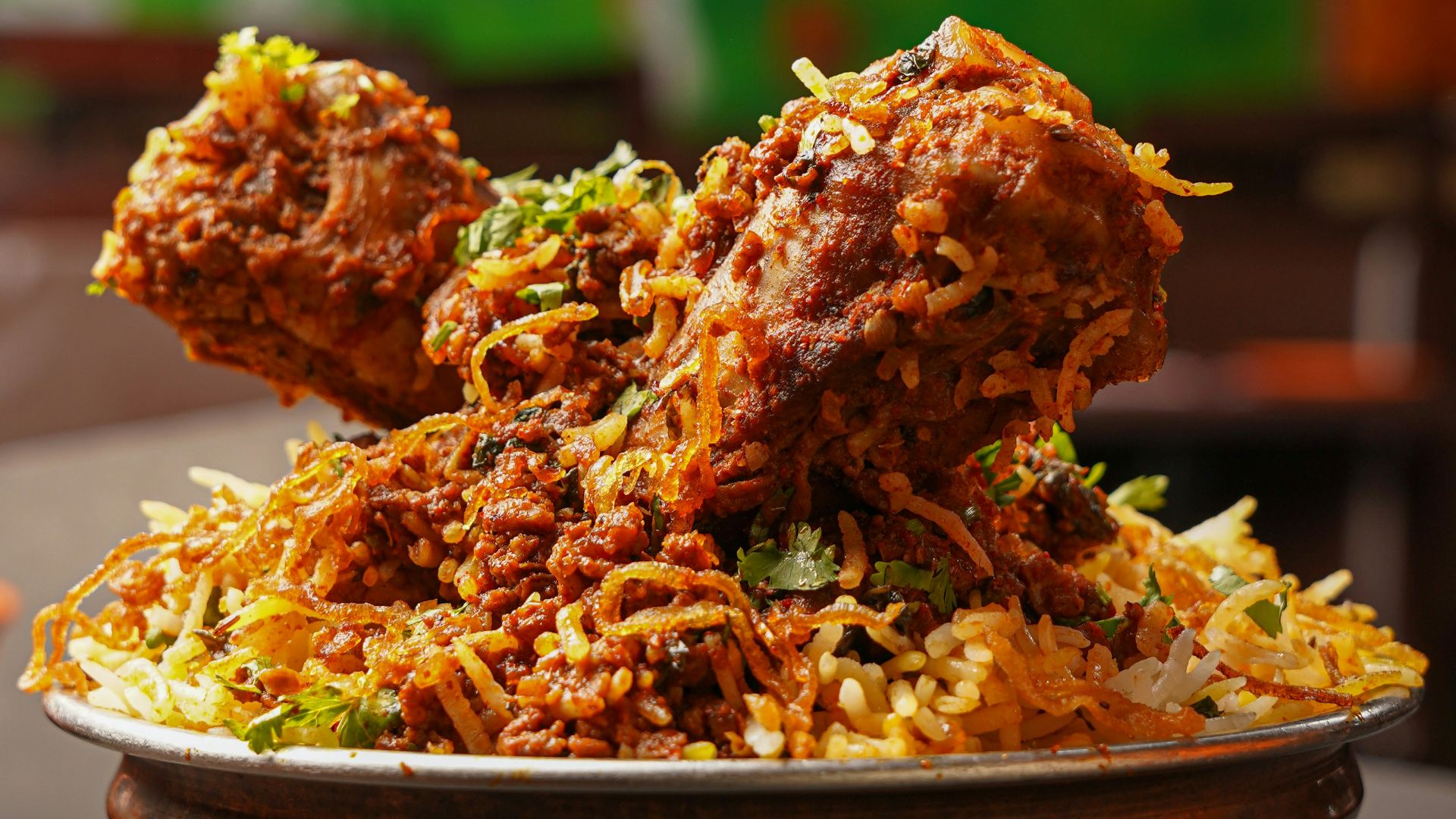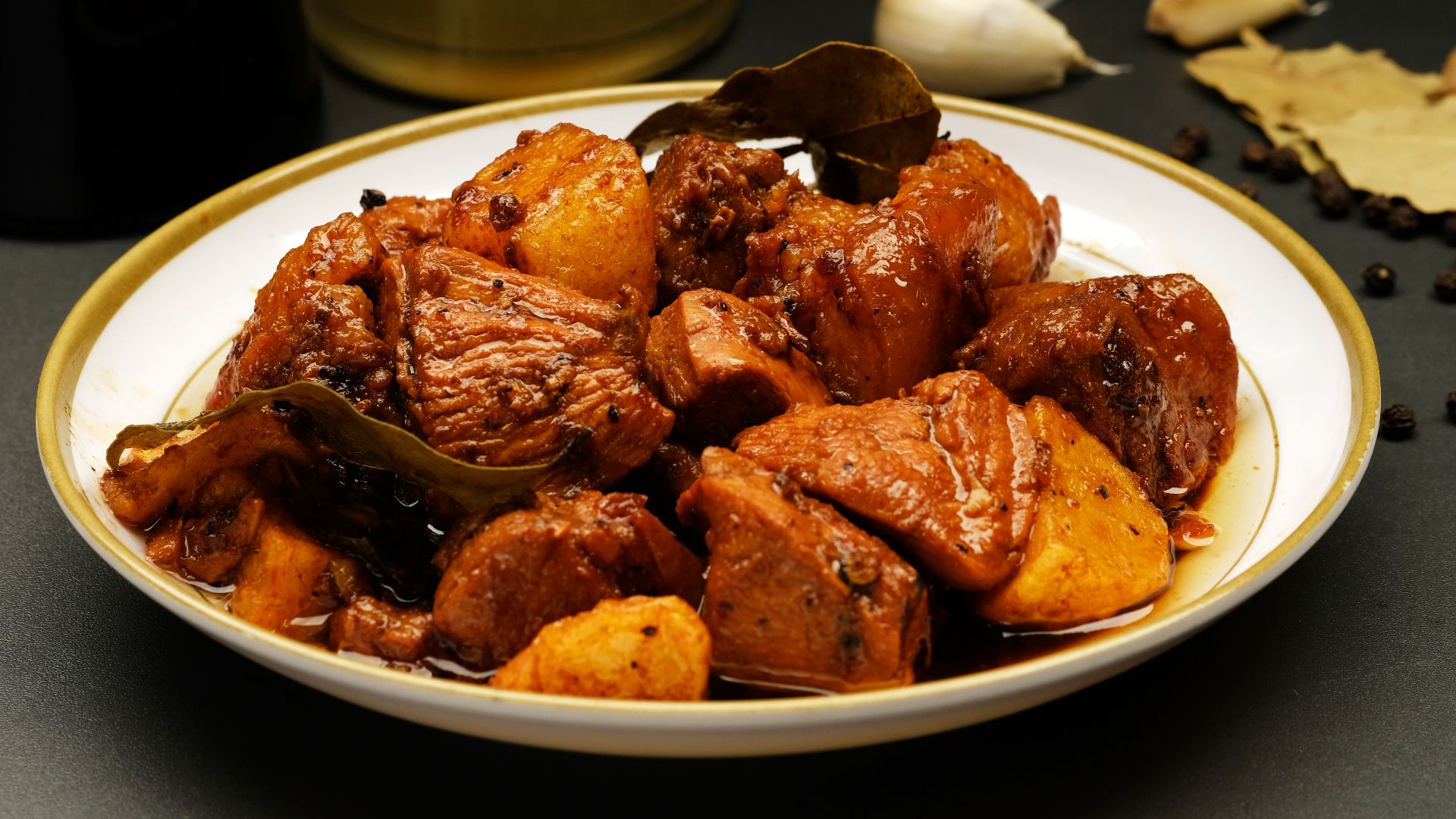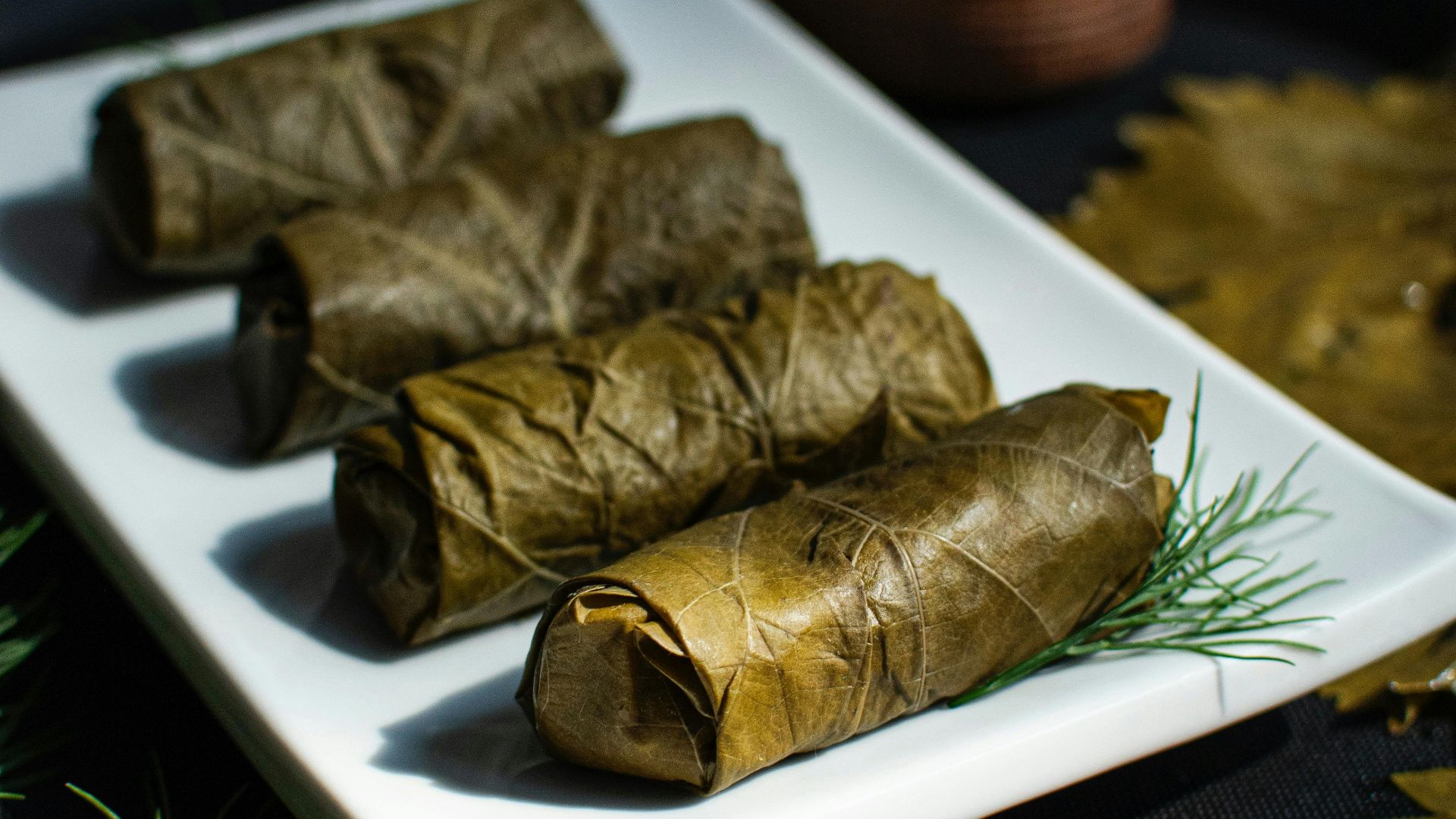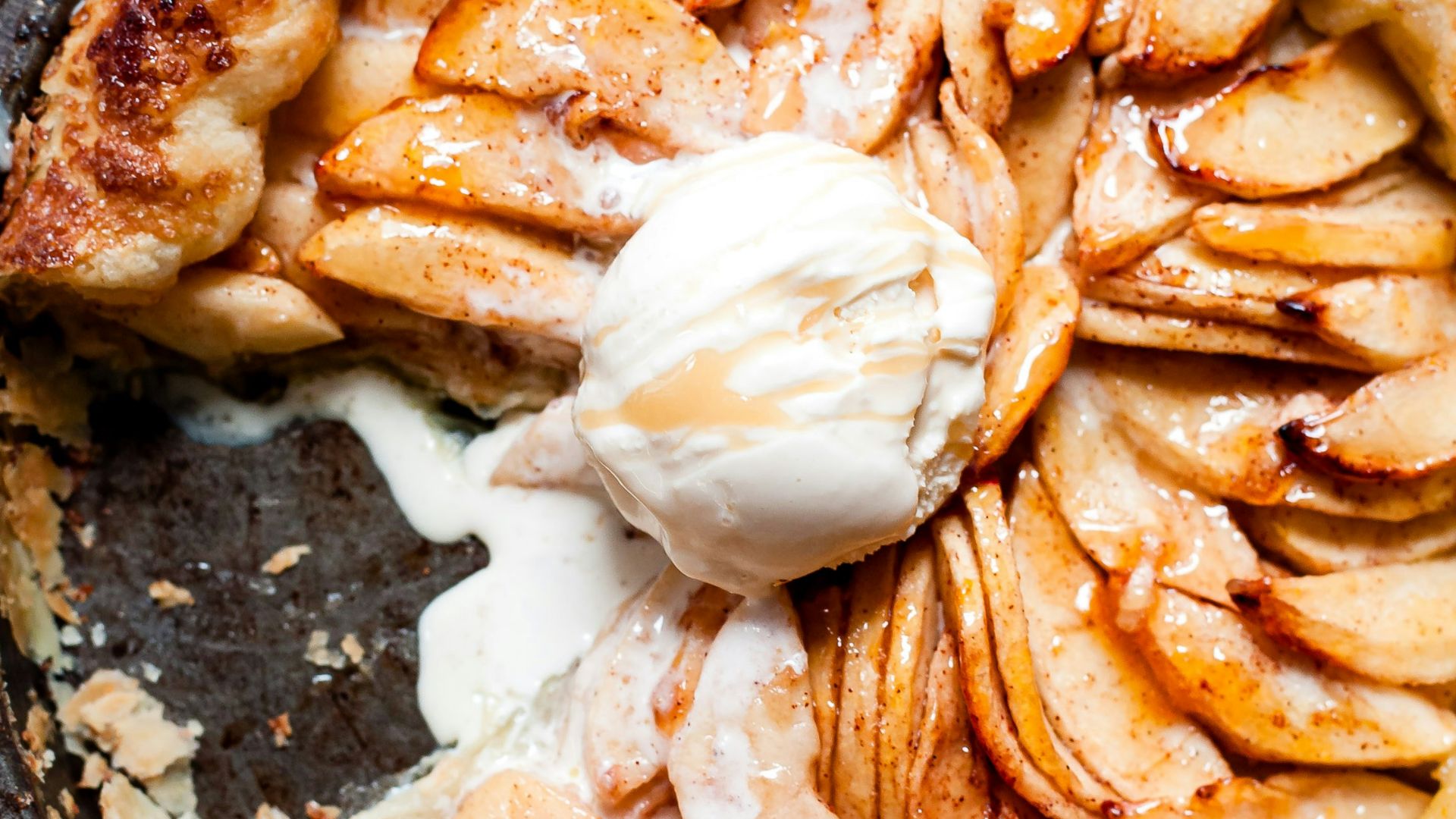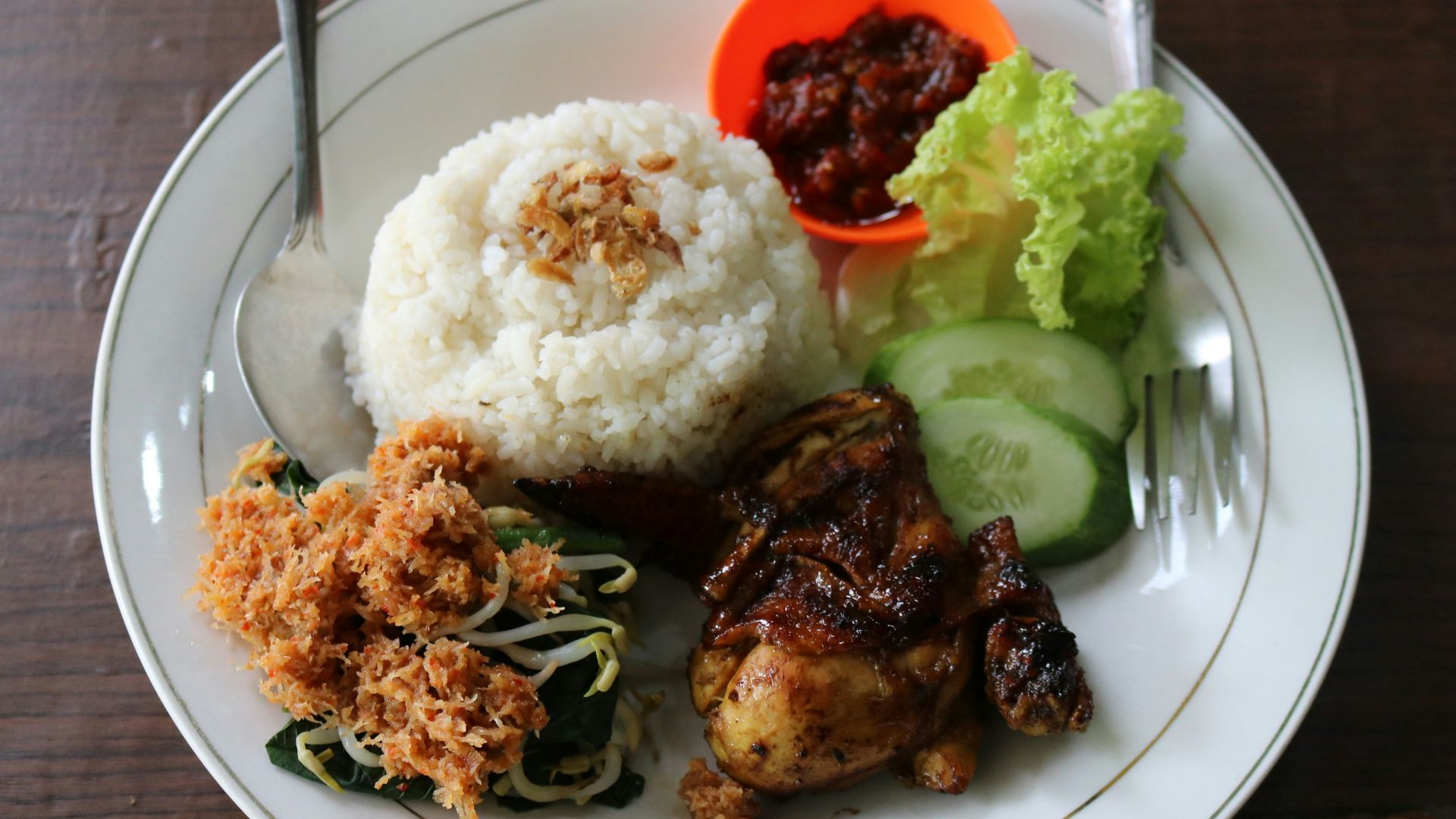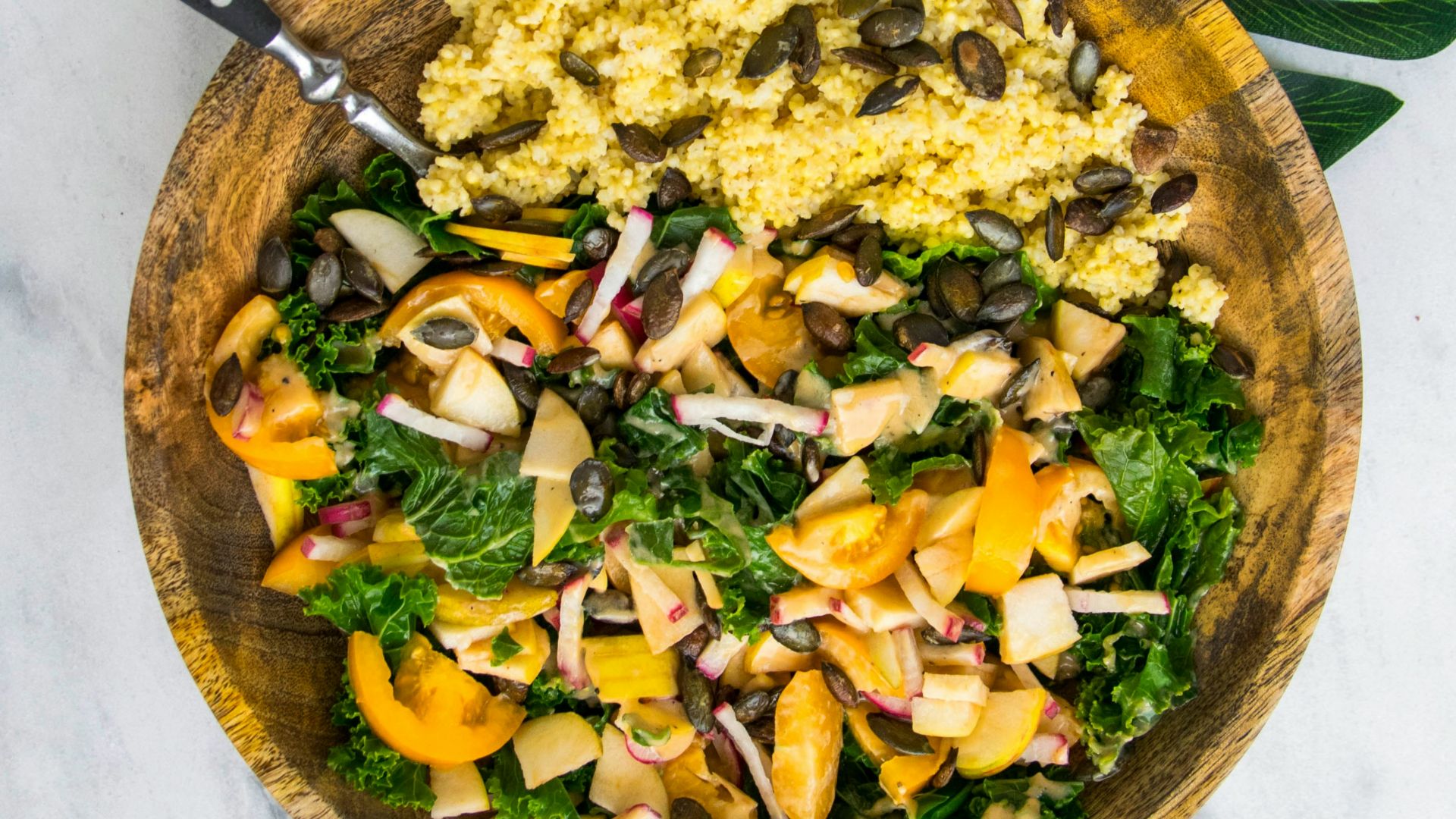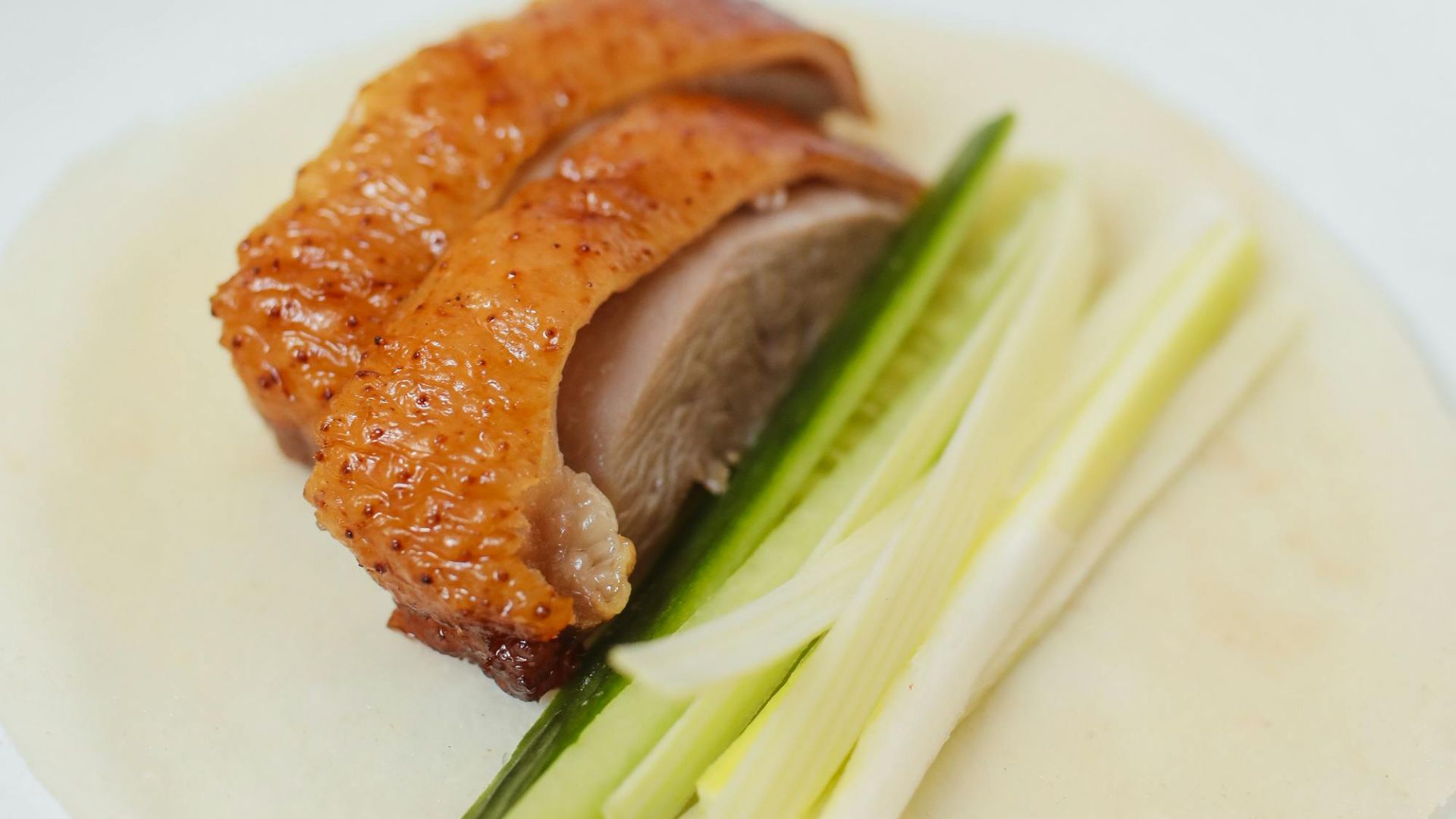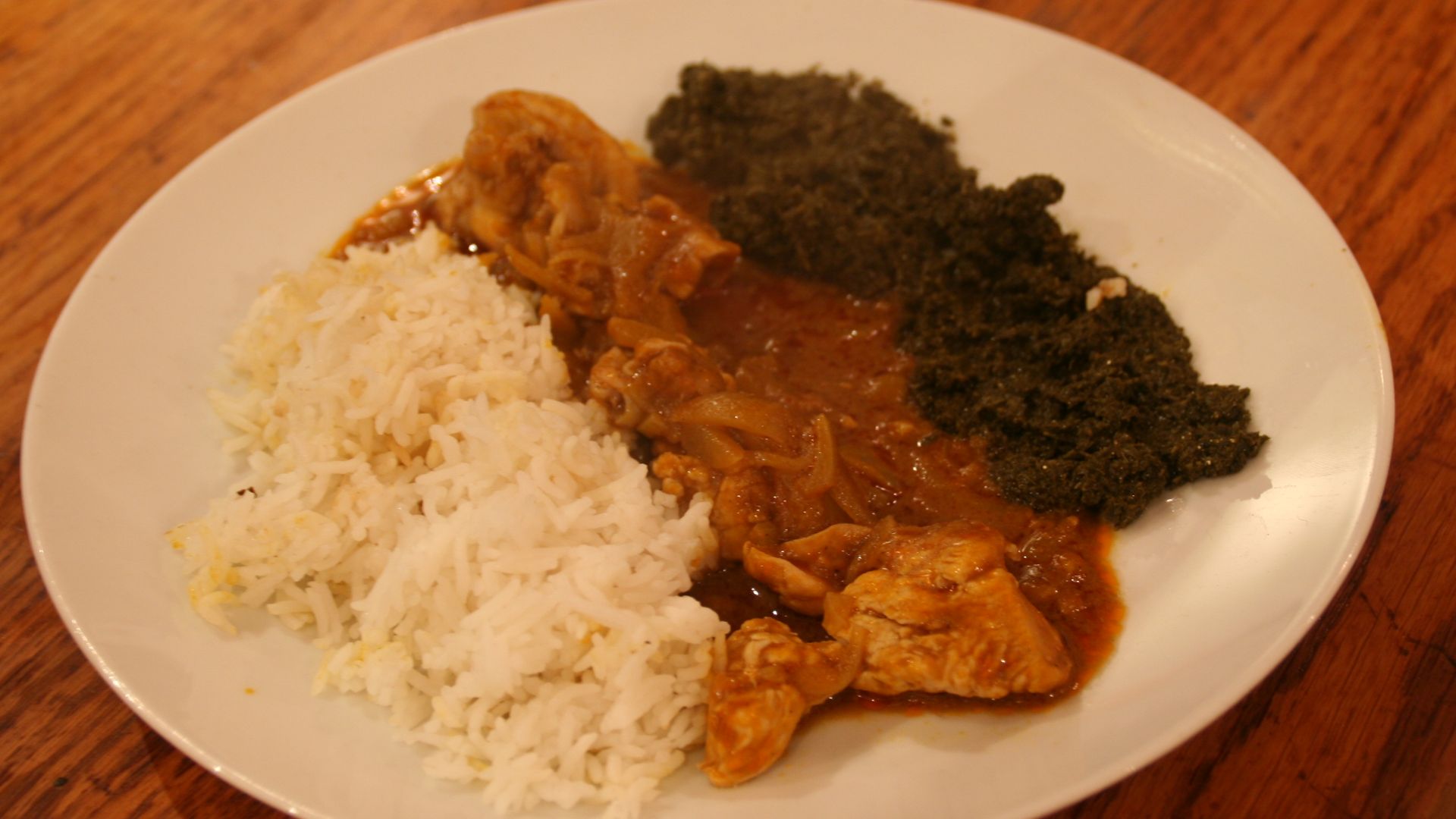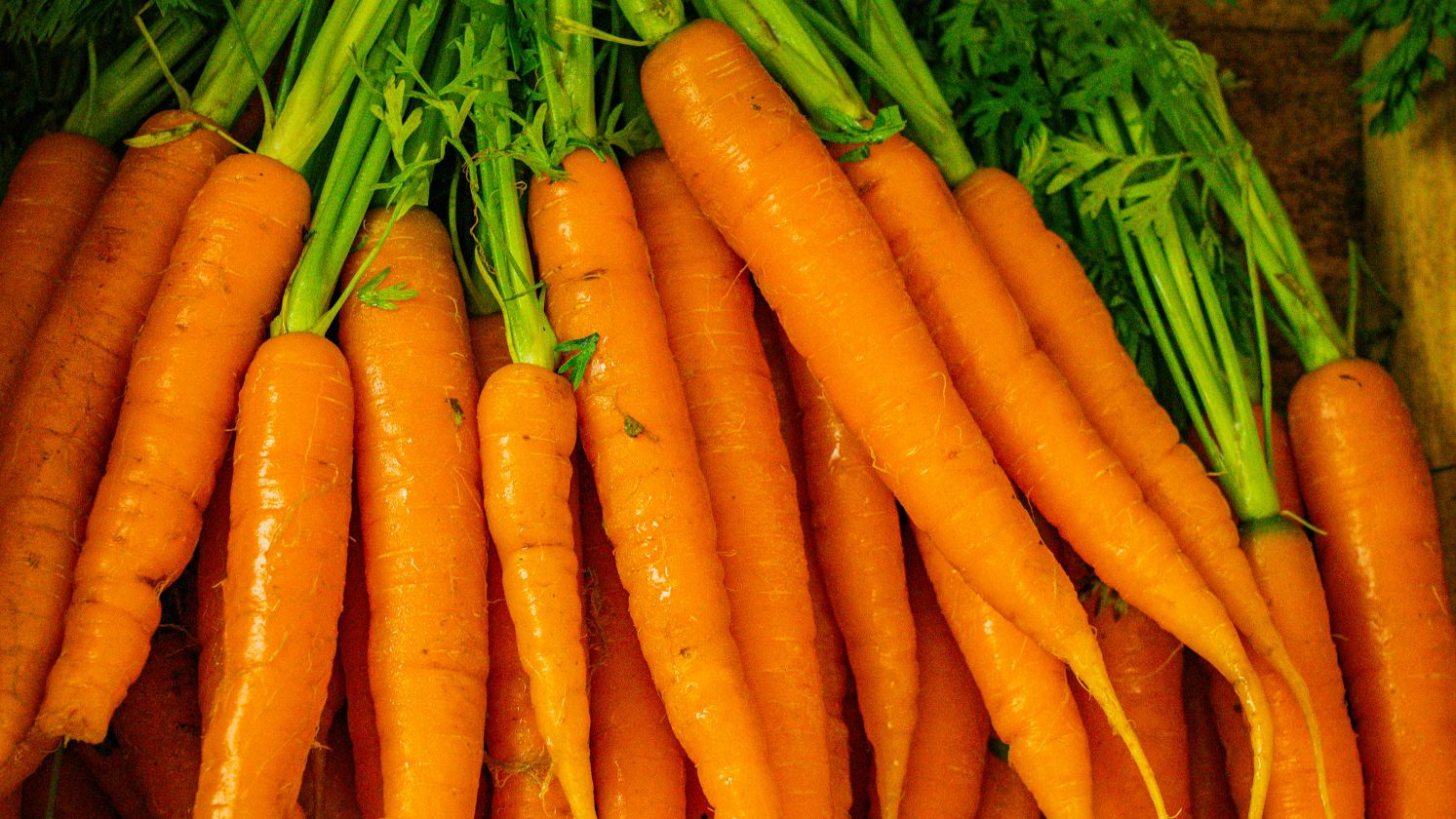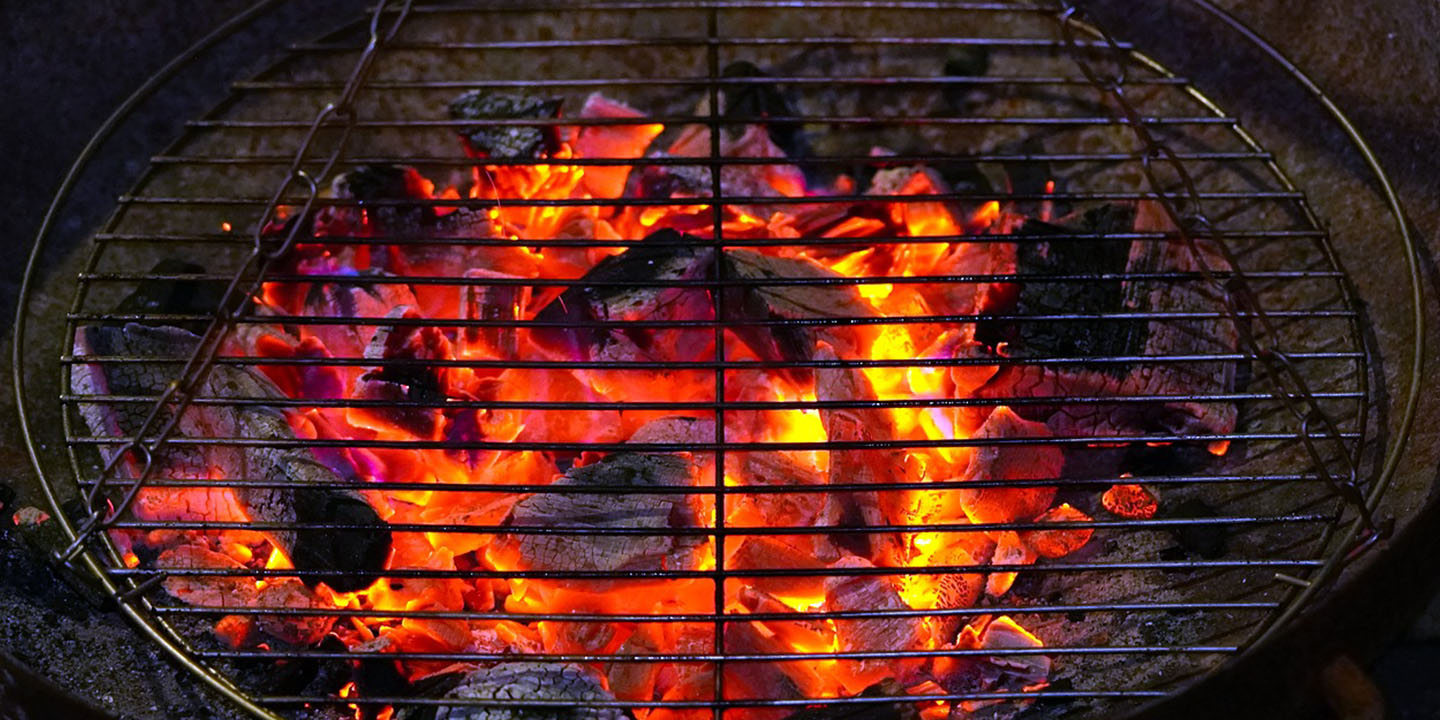A Culinary Tour Of The World
What's a dish that makes you think of home? Not necessarily the house you live in, but the country you're proud to call home? National dishes can be staple foods, symbols of cultural identity, or both. With nearly 200 countries in the world, there are a ton of different cuisines to choose from, but we've narrowed it down to just 20.
1. Haggis
Haggis isn't for everyone, but it's certainly found a place in the hearts of Scots. While this savoury pudding of a sheep's organs—and a few add-ins, such as oatmeal and onion—cooked in the animal's stomach may sound intimidating, it has a surprisingly nutty texture! Thanks to Robert Burns' 1786 poem Address to a Haggis, haggis is the main course of a Burns supper.
2. Jollof Rice
Originating in Senegal, jollof rice is one of the most popular dishes throughout West Africa. Aromatic and smoky, jollof rice's bright red color comes from its secret sauce: a mixture of tomato paste, peppers, aromatics, and chili. Competitive cooking between Nigeria and Ghana has resulted in the "Jollof Wars" of the 2010s.
3. Khachapuri
When it comes to comfort food, the Georgians have it locked down with khachapuri. This bread boat is served hot from the oven, filled with tangy specialty cheese, butter, and egg yolk. As a bonus, the server often mixes the ingredients right at your table—talk about dinner and a show!
4. Pho
One of the world's preeminent noodle soups, you may be surprised to learn that pho is a relatively recent addition to Vietnamese cuisine. Early 20th-century residents of Nam Định, in the north, were the first to make this herbaceous beef noodle soup with spiced broth and cloud-light rice noodles. Regional variations exist between the north and south, but I'm sure we can all agree that pho is delicious either way.
5. Empanadas
We don't want to cause any fighting by ascribing empanadas to any one particular country, but we're just saying that they were declared part of the cultural heritage of Buenos Aires by the Argentine Ministry of Culture. You can never go wrong with fried pastry filled with more deliciousness, and some of the beauty of the empanada is the amount of regional variations that exist.
6. Paella
Some national dishes are associated with a specific culture or country, others, with a specialized region within that country. Such is the case with Valencian paella, which uses a specific cultivar of short-grain rice, called bomba rice. Valencians take their paella so seriously that they hold the work record for the largest dish, which fed 110,000 people in 2001.
7. Fondue
Dipping chunks of bread in melted cheese? Don't mind if we fondue. In the 1930s, the Swiss Cheese Union started aggressively campaigning for fondue as the country's national dish, mostly to increase cheese consumption. It definitely worked, because fondue has become a symbol of Switzerland...and eating a bunch of cheese with friends.
8. Bibimbap
Endless customization is one of the appeals of food, and something that both Koreas do well with bibimbap. The only requirements for bibimbap are that there is cooked rice, and there are things mixed into that rice. Beyond that, the possibilities are endless, though the most common toppings are egg, beef, and blanched veggies.
9. Fish & Chips
National dishes don't have to be meals fit for kings; sometimes, the simplest meal is the one people like best. Few dishes exemplify this as well as fish & chips, beloved meal of working class families and seaside vacationers. Fish and chips was deemed so important that it wasn't rationed during WWII!
10. Goulash
Hungary is home to the paprika capital of the world, but early variations of their national dish didn't include this New World spice until the 16th century! Nonetheless, Hungarian goulash took to paprika like a duck to water. Early goulashes were purposefully simple to make and used every part of the animal.
11. Sushi
Sushi isn't just the national dish of Japan, it's one of the most recognizable cultural cuisines in the world! Though sushi preparation dates back over a thousand years, the sushi we know and love today was likely created around 1824. Merchants and craftsmen of the Edo period enjoyed sushi as a fast food.
12. Fufu
Like jollof rice, and many other West African dishes, fufu cannot be easily attributed to any one country. However, the word comes from the Akans of Ghana, so it's them we have to thank for this stretchy staple food that soaks up the broth of whatever soup it's dunked into.
13. Biryani
Did you know that biryani is the single most-ordered Indian dish for food delivery? This statistic shouldn't come as much of a surprise, given the size of the Indian subcontinent and, especially, how delicious it is. There are dozens of biryani variations to explore: goat, lamb, seafood, vegetarian and more!
14. Adobo
Unlike some of the items on this list, Philippine adobo isn't a food, but, rather, a cooking process. The cooking method derived from the Indigenous people of the Philippines, named for the tangy, garlicky marinade in which meat, vegetables, or seafood are cooked. There was a government push to standardize adobo recipes to make them more accessible internationally, bit it was met with pushback.
15. Dolma
Dolma—vegetables stuffed with rice or other fillings—can be found through the Balkans, West Asia, North Africa, and Central Asia, regions once under Ottoman control. With such a big range, the possibilities for dolma are endless. In 2017, UNESCO included Azerbaijani dolma-making on their list of Intangible Cultural Heritage.
16. Apple Pie
Even though apple pie originated in 14th-century England, there's a reason why the expression is "as American as apple pie". In the 19th and 20th centuries, apple pie developed into a symbol of American nationalism and prosperity, with the answer "for Mom and appple pie" being a stock reason for WWII soldiers joining up.
17. Nasi Lemak
Of all the dishes on this list, nasi lemak is likely to be among those you're the least familiar with. A traditional Malay breakfast dish, nasi lemak consists of rice cooked in coconut milk and pandan leaf. Traditionally wrapped in banana leaves with spicy sauce and garlic, we'd love to see this dish gain popularity in the west.
18. Couscous
Couscous developed in the Maghreb region, with possible recipes dating back 2000 years! Couscous spread across the Mediterranean to the Iberian peninsula in the Medieval period, but likely fell out of favor during the reconquista. Algeria, Libya, and Morocco all claim couscous as their national dish, and their willingness to joint submission to UNESCO was hailed as an "example of international cooperation."
19. Peking Duck
China has their national dish of Peking duck down to a science: specific ducks from Nanjing are raised for exactly 65 days for optimal tenderness, and prepared down to the minute so that the skin becomes glazed and crispy. Plus, as we stated above, we love when the chef or server comes out to prepare the meal for you.
20. Moambe Chicken
Popular in central Africa, especially both Congos, moambe chicken's name comes from the palm butter used to prepare it in. The palm butter creates a stew-like consistency, and the red pepper and peri-peri spices give the sauce its bright coloring. Moambe chicken is accompanied by sweet potatoes, rice, or cassava paste.
KEEP ON READING



